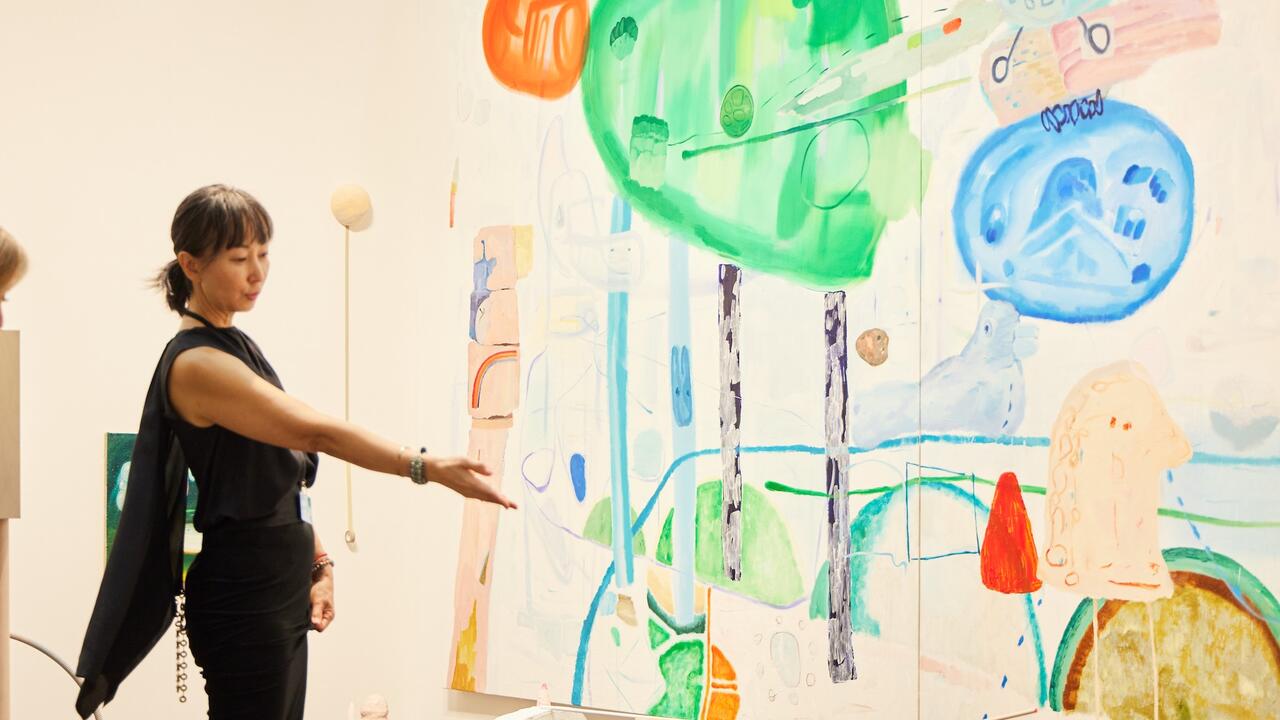Laughter, Tears and Rage
Whether pristine or slovenly, a writer's desk is a state of mind
Whether pristine or slovenly, a writer's desk is a state of mind
Some of the objects that currently crowd my desk: two notebooks, three pencils, one bruised apple, a watch I’ve placed dead centre in the hope of meeting my deadline, a postcard of a nuclear power station, a small stack of books consulted for this piece, a pile of hardbacks on a topic I really ought to know more about, and two matchboxes which remind me that there hasn’t been an ashtray on this desk for six months (which is probably why I’m so edgily aware of all the rest).
I could go on, but the inventory doesn’t get any more interesting: this writer’s desk tends towards a desultory functionalism. Still, I sometimes catch myself surveying it as if it were as inspiring as the writing-case of Xavier de Maistre, the French writer whose book A Journey around My Room (1795) evokes a sort of tourism in his own bedchamber. Happening upon his little escritoire, De Maistre exclaims: ‘all this would fill the most indolent man with the itch to write.’ Reading Kevin Kopelson’s recent book Neatness Counts: Essays on the Writer’s Desk (2004), the immediate impression is how remarkably dull the author’s own desk-bound story seems. He doesn’t appear even to have aspired to my minimal sense that the desk is a surface scattered with temporary significance, shifting monuments to the as yet unwritten. All his desks, he tells us, have been quite bare, framing only a lamp and a blank screen or page.
His subjects, by contrast, were reassuringly messy and eccentric. The poet Elizabeth Bishop imagined her desk as a miniature landscape. In her poem ‘12 O’Clock News’ (1976) (originally entitled ‘News Report [From the Desk]’) she spies something pale and gleaming on the horizon: ‘Almost due north, our aerial reconnaissance reports the discovery of a large rectangular “field”, hitherto unknown to us, obviously man-made.’ The enigmatic expanse is an unfilled page, a terra incognita waiting to be mapped. The novelist and travel writer Bruce Chatwin liked to picture himself as a rootless recorder of untethered impressions; in fact, as Kopelson reminds us, he wrote always in nest-like seclusion and conjured his ideal compositional environment as a kind of ship’s cabin: a snug retreat from nomadic disarray. The logical conclusion of such behaviour is to dispense with the desk entirely and take to one’s bed. Marcel Proust, larval in his cork-lined lair, is the most celebrated instance; Mark Twain, too, slipped beneath the covers as illness closed in, and apparently René Descartes seldom rose before noon.
There are writers who cultivate a reputation for labour and lucidity. The list of those who claim to have written standing at a lectern includes André Gide, Georges Sand, Charles Dickens, Fyodor Dostoevsky, Lewis Carroll, Virginia Woolf, at the start of her career, and Vladimir Nabokov, at the end of his. To write standing up, like some harried Victorian clerk, is to claim an affinity with real, wearying work. The desk or lectern becomes a log to be chopped, an anvil to be struck. I suspect there’s something of this still in those austere souls, like Kopelson, who refuse to surround the glowing screen with any ancillary matter, any material trace of the teeming midden that is the writer’s mind. (What they fear, of course, is a sort of excremental luxury: a stratified, palimpsestic, practically geological accretion of stuff: the writerly equivalent of Francis Bacon’s studio.)
Pristine or slovenly, the writer’s desk tends to contract to a tiny working space, as in two famous renderings of Saint Jerome in his Study. In Albrecht Dürer’s treatment from 1514 the choleric cardinal’s workspace is relatively spartan: beneath a low wooden ceiling he has edged his desk to the window to catch a light that gives him a blazing white halo. In Antonello da Messina’s painting (c.1475) the saint labours at the still centre of a huge and improbable structure: a complex ensemble of arches and shelves erected on the tiled floor of a cathedral. As the novelist Georges Perec – who later composed an essay on the objects on his desk – points out in Species of Spaces (1974), the study is itself a piece of furniture: Jerome inhabits his desk as though it is the cockpit of an interplanetary vehicle, adrift in theological space and time. (Perec in fact compares it to a mobile home owned by the Surrealist writer Raymond Roussel.)
Some writers need to feel themselves at the centre of an elaborate architecture whose sole purpose is to frame their prodigious efforts. Umberto Eco (in a fitting reflection of the somewhat ponderous quality of his writing) alternates between the three floors of a deconsecrated church, devoted in turn to his computer, typewriter and fountain pen. Which suggests, of course, that there’s something neurotic and insufferable about these attachments to the arrangement of things: a suspect displacement. From beneath the chaos of my own desk I’ve just now unearthed two photocopied pages extracted from Sigmund Freud’s essay on ‘Fetishism’ (1905). The phrase: ‘unsuitable substitutes for the sexual object’ is underlined.















